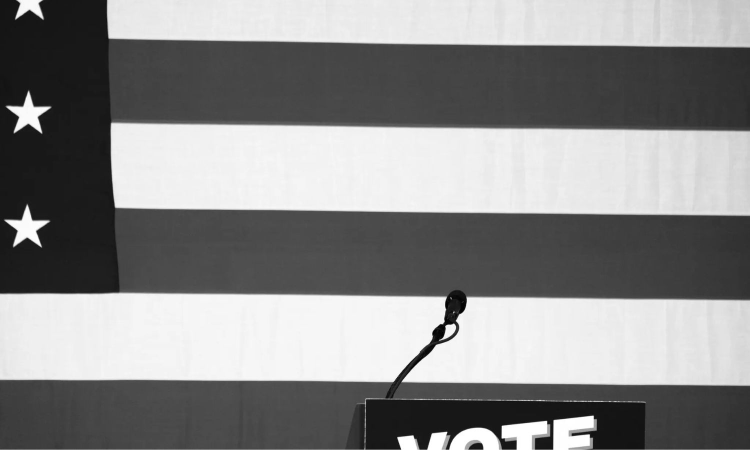Agenda uncertain: Democrats confront their divide
Democrats today lack both a clear leader and a coherent message.

Representative Image
The good feelings within the Democratic Party after its dominating electoral victories last week have evaporated almost instantly. A breakaway group of Senate Democrats worked with Republicans to reopen the government, leaving the party’s internal tensions exposed and reminding Democrats how difficult it is to hold together a big, unwieldy coalition.
Facing intense pressure from activists to confront President Trump at every turn, Democrats are now enduring significant blowback — most of it from within their own ranks. As the 2026 midterms near, the party will have to quiet its internal squabbles and determine a winning strategy. And at the centre of that debate is a crucial question: Do Democrats have an agenda of their own, or will they simply campaign as the party of “not Trump”?
Recent polling suggests Democrats may want to take a lesson from Republicans. Like it or not, Republicans have a plan, and voters know what it is, even if they think some parts go too far. In CBS News polling from October, Republicans were 13 points more likely than Democrats to be seen as “extreme,” but they held commanding leads on perceptions of being “strong” and “effective.” Voters were far more likely to call Democrats “weak,” by a 24-point margin. Reuters/Ipsos polling shows Republicans with an advantage when voters are asked which party has the better plan across a range of issues.
With Trump’s job approval ratings sinking, Democrats might be tempted to run simply as a check on his excesses. But running on an agenda of action requires tougher internal conversations about which issues to prioritise and how to move them forward. My polling shows that a majority of voters — 56% — are primarily concerned with pocketbook issues, while only 38% prioritise broader concerns about democracy or governance. Cost of living and health care top the list of issues voters most want leaders to address.
Yet the Democratic infighting over reopening the government reveals how hard it is for the party to reach consensus even on how to oppose Trump, let alone how to unite around a forward-looking agenda.
Their predicament calls to mind the insurgency that fractured Republicans after Barack Obama’s victory in 2008. The Republicans were in turmoil, unsure how to proceed. Their brand trailed the Democrats’, driven in part by Republican voters who viewed their own party unfavourably. Grass-roots activists defied party leaders and elevated primary candidates who were hardly establishment favourites.
Out of that conflict emerged the Tea Party movement — a bottom-up revolt animated by concerns ranging from national debt to the Affordable Care Act to Obama himself. Critics dismissed the movement as extreme, unfocused, or quietly fueled by billionaire money.
But the Tea Party proved to be an early indicator of a broader realignment inside the Republican Party and the country. Despite frustration with their own leaders, Republican voters were never at risk of crossing over to the Democrats, especially with the economy faltering under a Democratic president. Democrats, meanwhile, grew complacent.
By the end of that year, Republicans had secured governors’ mansions in New Jersey and Virginia. A year later, they captured the House in a landslide, gaining more than 60 seats, and added six Senate seats as well.
Today’s “No Kings” protests against Trump’s policies are similarly dismissed by the right. Democrats’ victories last week are treated as isolated blue-state flukes, not signs of a larger shift. Republicans point confidently to polling showing Democrats’ sagging brand as evidence that they will be fine in 2026.
Democrats indeed face some of their worst favorability ratings in decades, driven partly by their own partisans expressing dissatisfaction. Because independents dislike both parties, perceptions of a party’s brand often hinge on how warmly its own members view it. In my polling, 90% of Republicans feel favourably about their party — 56% very favourably.
But just as Republicans’ poor brand image and internal conflict didn’t prevent their 2010 resurgence, Democrats could still fare well in next year’s midterms. The economy remains fragile, and Republicans may be overconfident. Voters want leaders to tackle cost-of-living issues and aren’t convinced Republicans are doing so, seeing them instead focused on immigration or crime.
Democrats today lack both a clear leader and a coherent message. Their base demands they do more to stop Trump, yet the party remains uncertain about what it would actually do if returned to power. Next year’s primaries will offer important clues about how Democratic voters believe their party should approach the urgent task of winning elections again.
The New York Times



